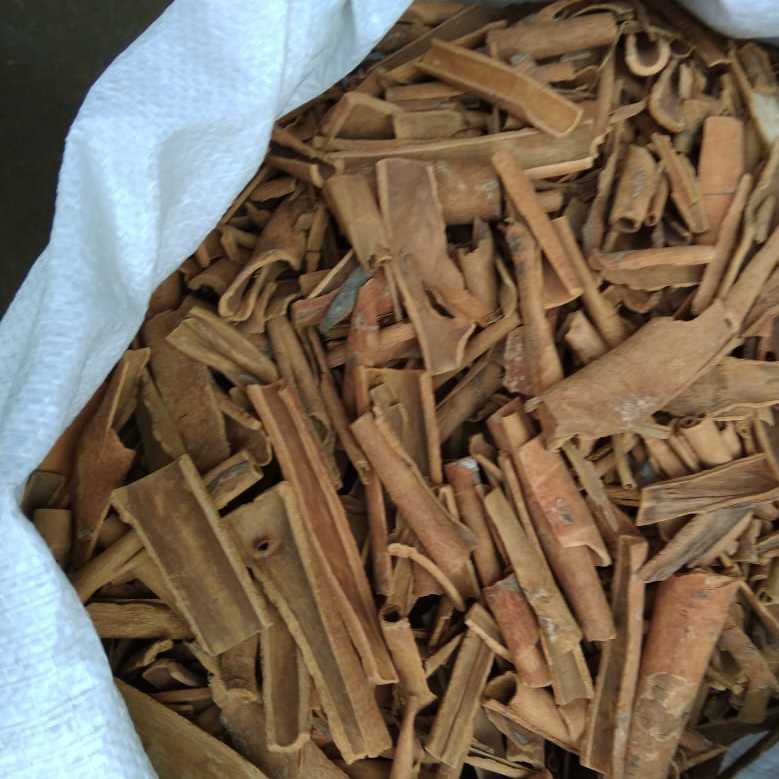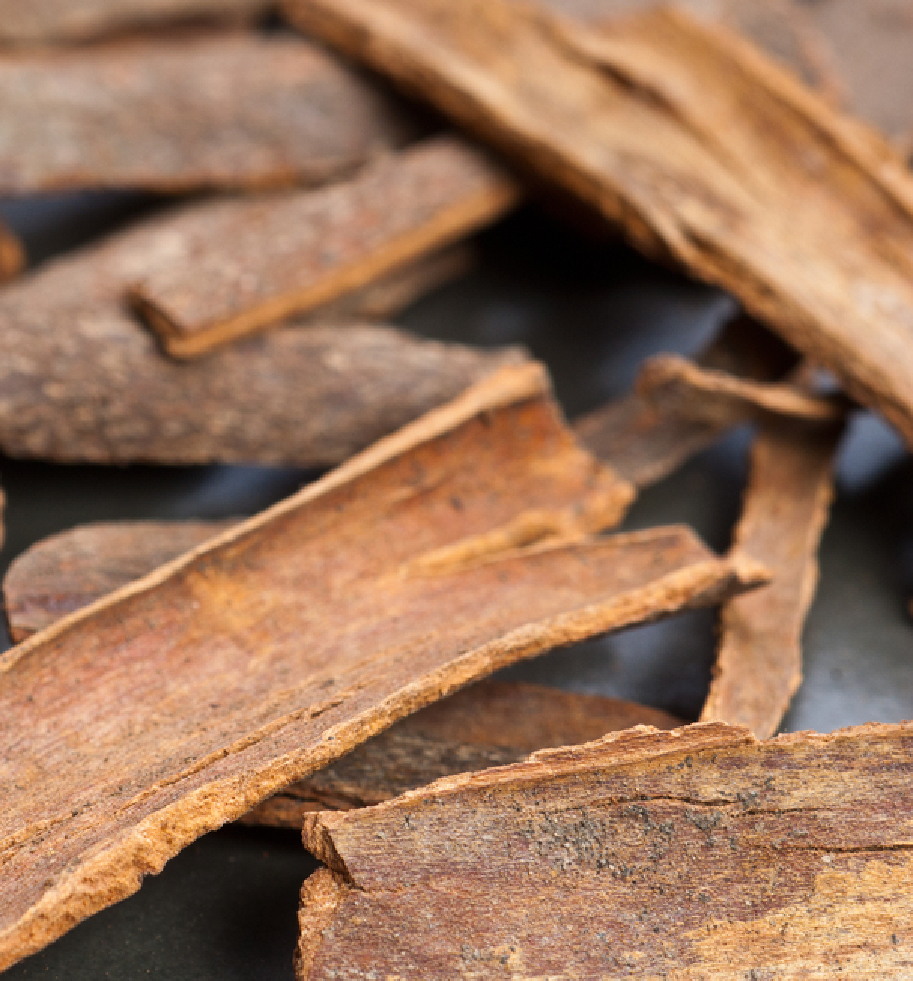6 Signs Your Supplier’s Broken Cassia Isn’t Export-Grade
6 Signs Your Supplier’s Broken Cassia Isn’t Export-Grade
Table of Contents
- Introduction: Why Export-Grade Quality Matters
- Sign #1: Inconsistent Cut Size and Shape
- Sign #2: Low Oil Content and Faint Aroma
- Sign #3: Presence of Mold, Dirt, or Pests
- Sign #4: Excessive Moisture or Improper Drying
- Sign #5: No Documentation or Certification
- Sign #6: Lack of Transparent Sampling and Testing
- Conclusion: Choose Wisely, Source Smart
- Why Tinimex? Your Trusted Partner for Quality Broken Cassia
1. Introduction: Why Export-Grade Quality Matters
In the global spice market, quality isn’t just a preference—it’s a requirement. For importers and large-scale processors, using substandard broken cassia can lead to serious losses: product recalls, low extraction yield, and customer dissatisfaction.
But how do you recognize non-export-grade material before it causes trouble? Here are 6 critical red flags to watch for.

2. Sign #1: Inconsistent Cut Size and Shape
Export-grade broken cassia should be cut into uniform sizes (e.g., 1–3 cm or 3–6 cm). Inconsistent sizes make batch processing more difficult and reduce output efficiency.
If your shipment looks more like floor sweepings than clean, even pieces, that’s a clear sign of poor processing standards.

3. Sign #2: Low Oil Content and Faint Aroma
The aroma of cinnamon is linked to its essential oil content. Quality broken cassia has a strong, sweet-spicy scent and a rich reddish-brown interior.
If you detect weak aroma or notice pale interiors, the material may be stale, over-dried, or diluted with old bark scraps. This impacts extraction, flavor, and shelf life.

4. Sign #3: Presence of Mold, Dirt, or Pests
Visible contaminants like black mold spots, soil, or insect damage are unacceptable. They indicate poor drying, bad storage conditions, or negligent sourcing.
Substandard suppliers often skip proper cleaning or drying steps to cut costs. This can lead to health hazards and border rejections.
5. Sign #4: Excessive Moisture or Improper Drying
High moisture content is a silent killer in the spice trade. Properly dried broken cassia should have <13% moisture to prevent mold and degradation during transit.
Use a moisture meter or request data from the supplier. If they can’t provide this, you’re likely dealing with non-export-grade material.
6. Sign #5: No Documentation or Certification
Legit suppliers provide certificates of analysis (COA), phytosanitary certificates, HACCP, and organic certifications upon request. Lack of such documentation is a major red flag.
Buyers without proper paperwork risk customs delays, penalties, or total rejection.
7. Sign #6: Lack of Transparent Sampling and Testing
Before finalizing a container load, responsible exporters provide pre-shipment samples, lab test reports, and moisture/oil analysis. If your supplier avoids this, walk away.
Trustworthy exporters invite third-party lab testing and offer detailed batch records for every order.
8. Conclusion: Choose Wisely, Source Smart
Broken cassia can be a powerful, cost-effective ingredient—but only if it meets global standards. Avoid the trap of “cheap first, costly later.” Evaluate your supplier against these 6 warning signs to protect your supply chain.
Don’t risk your brand on subpar spice.
9. Why Tinimex? Your Trusted Partner for Quality Broken Cassia
Tinimex is a trusted exporter of Vietnamese broken cassia, supplying wholesalers and spice importers worldwide. Our advantages:
- Custom cut sizes: 1–3 cm, 3–6 cm, mix grades
- Consistent aroma and oil content
- Certified (COA, HACCP, Organic on request)
- Fast delivery: 7–15 days
- Competitive FOB and CIF pricing
📧 Email: info@tinimex.com
🌐 Website: www.tinimex.com
📞 Hotline / WhatsApp / Zalo: +84 36 680 8683
📍 Office: 4th Floor, No. 40 Ngo Gia Tu, Long Bien, Hanoi, Vietnam
Alt Text for Images:
- Image 1: Export-grade broken cassia with rich color and aroma
- Image 2: Quality inspection of broken cassia at a certified facility
- Image 3: Moldy and contaminated cassia not suitable for export
Internal Links:
External Link:

